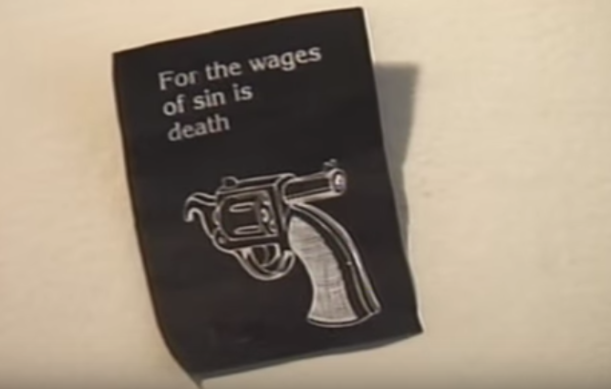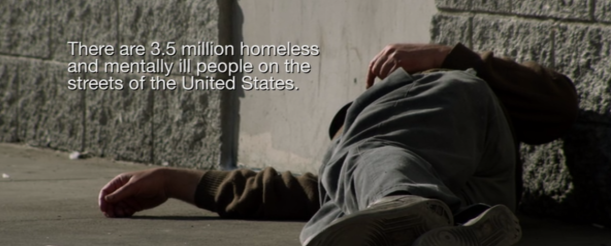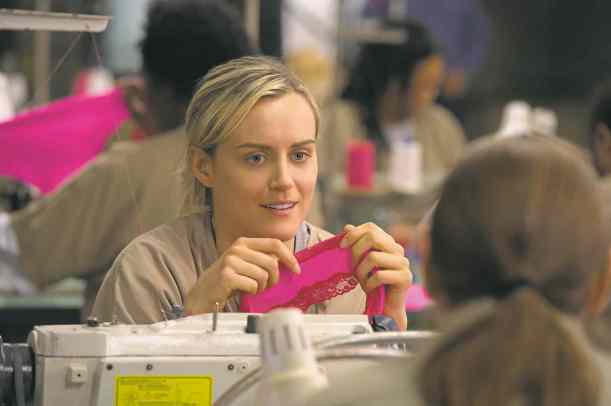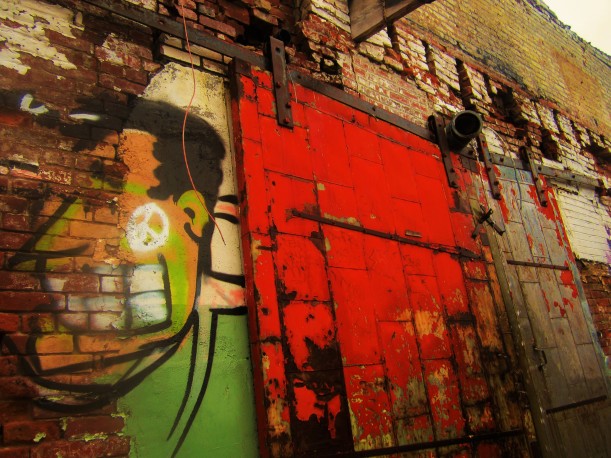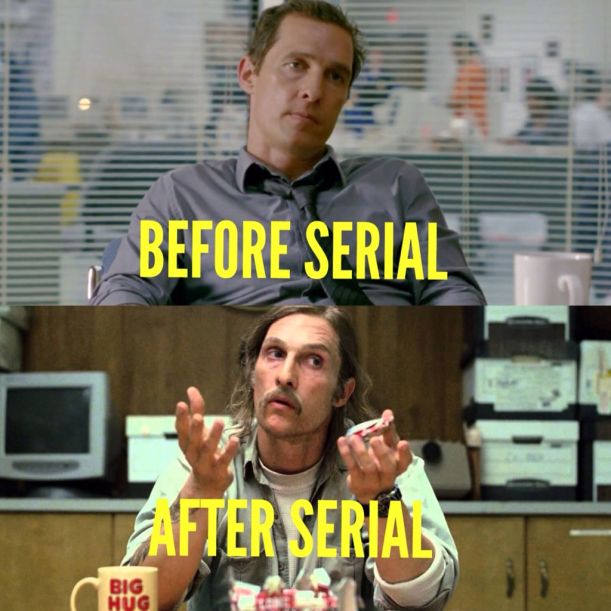Recently I found out an acquaintance died from a heroin overdose. I had not seen this person in about a year, yet have clear memories of him that now seem sad in hindsight in the way that death overcasts a person’s memory. According to the New York Times, “heroin related deaths quadrupled between 2002 and 2013” and is becoming a scourge in many American neighborhoods. Heroin dealers are shrewd for money and power. Heroin users are looking for a fantastical escape that is bigger than themselves. It is a clear problem for which we are not finding a solution.
The documentary “Black Tar Heroin” is a comprehensive examination into the daily lives of heroin users. The documentary aired on HBO in 2000 and captured the attention of the public due to its honest portrayal of the struggles of heroin addicts.
One of the subjects in the film, Tracy, now writes a fantastic blog about her heroin days in hindsight now that she has been clean for many years. In the documentary, the audience meets her in the midst of heroin’s claim over her life. She notes that “it looks like I’ve gotten dropped in a dumpster” due to the physical toll shooting up in her legs took, and generally seems very out of touch with reality. After getting out of jail and doing a shot of heroin, she notes the disappointment of the hit and that the anticipation was the driving force to get her to shoot up. She is depressed and lost, a person with promise who turned to the most powerful substance to numb her pain. Her boyfriend in the film, Ben, also does crack cocaine which is a source of argument for the couple. When couples use drugs together, things get very distorted because of the enabling nature of the relationship and lack of genuine affection because all energy is reserved for the procurement and administration of the drug. Tracy says “recently all I’ve been thinking about what I’m gonna do when I quit heroin…and it seems like getting there is easy all I have to do is kick…even if I wasn’t doing heroin I don’t know what the fuck I want to do with my life I would’ve just done it”. She vacillates between wanting to not use and accepting her use. Junkies use many excuses to justify their bad behavior and often act as victims of their circumstances whether it is true or not. Fast forward several years and Tracy was able to kick her habit with dedication, support, and sheer will. However as her blog notes, the experiences of using heroin and the atmosphere that heroin use creates is not something a person can simply escape from, it stays with you and creeps up in the night.
For another subject, Jessica, the documentary remains a testament to her demise due to the streets, heroin, and a prostitution lifestyle. Jessica turns to prostituting in order to pay for her habit which is a very common decision for many female addicts. On her refrigerator a poem about the heroin lifestyle is scrawled, “Dead End Street Kid-bloody needles/full of junk/never bathing/smell like skunk/strict-9 acid/fuckin’ bunk/drink 40s/goddamn punk”. She says that in prostitution “you get through with them you try to clean up yourself in the car…and you stand back on the street and it feels like you’re a tissue being wiped”. She acquires AIDS and doesn’t stop prostituting, being so jaded that she no longer cares about putting other people in danger. It is clear in the film that she is dying, the last scene with her in it is very dark and disturbing. With her head shaved looking androgynous, she states that shes tired of “the sex trade business, I’m about to the point of just robbing people but I can’t do that because I’d go to jail because some stupid person would have to try to take a swing at me and I’d have to cut them up into little pieces”. She knows she lives a risky life, with the possibility of being raped and/or robbed a daily threat. “At the rate I’m going in a year I’ll be dead”, she says to the camera, with full knowledge of where the consequences of her actions are going.
This photo “for the wages of sin is death” is shown at the beginning of the film. However, heroin use in and of itself should not be considered a “sin”. Drug abuse is a recognized disorder on the DSM-V and addiction is a medical condition that must be treated carefully. Drug addicts may do bad things due to the nature of addiction (ie. stealing money from family to buy drugs), but saying that they are sinful is reducing their problem to something too basic. Due to the likelihood of any person becoming addicted, this disorder could theoretically happen to anyone. That is why it is so important to understand how addiction works and why it is so important to destigmatize drug addiction, something that could possibly cause more people to receive help for their addictions because of the reduction of the shame factor. Shame factors are enablers of negative behavior because it makes the person feel so negatively about themselves that they become unable to seek proper and adequate treatment.
The film ends with Tracy dumping her used needles into a bin at the needle exchange, a very important health care service that addicts need in order to be safe and protected from diseases. This is a strategy of the “harm reduction” school of thought, which states that since people are going to engage in potentially risky behavior, there should be services that provide ways for drug users to stay as safe as possible. Harm reduction does not label people because of their medical condition of addiction but rather seeks to recognize that the humanity these people have includes the right to be as safe as possible in their decisions, and if there is a way to facilitate that safety, it should be done. This strategy is more honest than the school of thought that prohibition of narcotics is the superior way to eliminate drug use.
In our society, it should be clear that prohibition is not working. It is a propaganda ploy to create power structures that are unbeatable. It creates black market jobs that are filled by dangerous people and causes people who are addicted to hide away from the public creating acute medical crises across the country. There will never be a “solution” for heroin use, that is heroin use will never completely go away. However, recognition of what the disease of addiction actually is could improve the conditions that come with heroin use.

